Home / Albums / The Middle Ages / Life in the Middle ages / Daily life 58

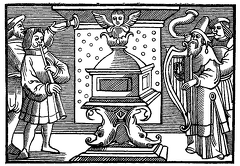 Jewish Ceremony before the Ark
Jewish Ceremony before the Ark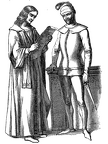 Italians of the 15th Century
Italians of the 15th Century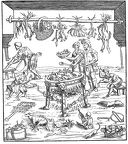 Italian Kitchen
Italian Kitchen Italian Jew
Italian Jew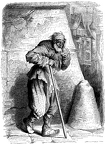 Italian Beggar
Italian Beggar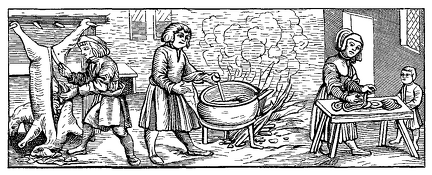 Interior of a kitchen
Interior of a kitchen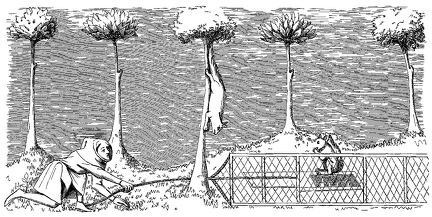 How to catch a squirrel
How to catch a squirrel Herald
Herald Gipsies
Gipsies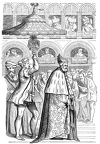 Grand Procession
Grand Procession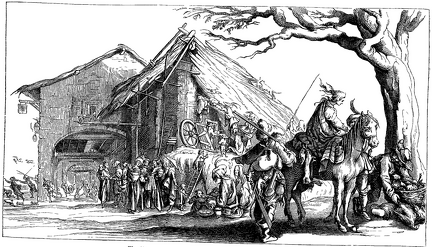 Gipsy encampment
Gipsy encampment German Knights
German Knights German Beggar
German Beggar German Beggar
German Beggar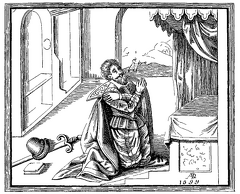 Gentleman of the French Court
Gentleman of the French Court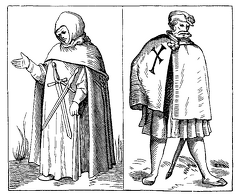 Free judges
Free judges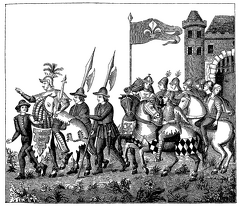 Entry of the Roi de l'Epinette
Entry of the Roi de l'Epinette Costumes of Thriteenth Century
Costumes of Thriteenth Century Lady of the Court of Catherine de Medicis
Lady of the Court of Catherine de Medicis Damsel of the Court of Catherine de Medicis
Damsel of the Court of Catherine de Medicis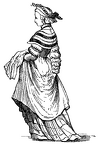 Costumes of the German Bourgeoisie in the Middle of the Sixteenth Century2
Costumes of the German Bourgeoisie in the Middle of the Sixteenth Century2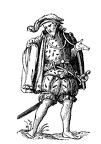 Costumes of the German Bourgeoisie in the Middle of the Sixteenth Century
Costumes of the German Bourgeoisie in the Middle of the Sixteenth Century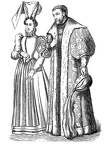 Costume of a rich Bourgeoise, and of a Noble, or Person of Distinction
Costume of a rich Bourgeoise, and of a Noble, or Person of Distinction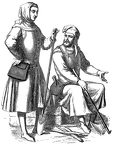 Gardener and Woodman
Gardener and Woodman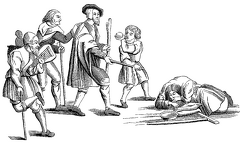 Blind and poor sick
Blind and poor sick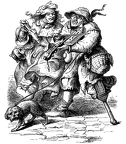 Beggar
Beggar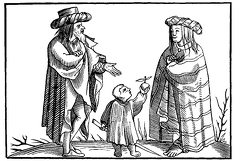 A gipsy family
A gipsy family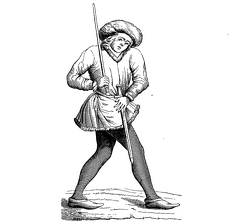 Swiss Grand Provost
Swiss Grand Provost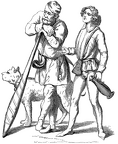 Servants of the 14th Century
Servants of the 14th Century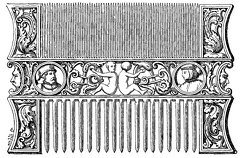 Sculptured Comb
Sculptured Comb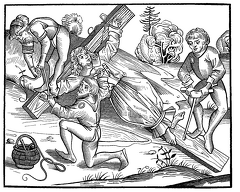 Richard crucified
Richard crucified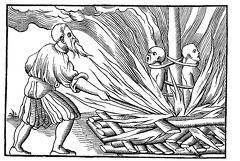 Punishment by Fire
Punishment by Fire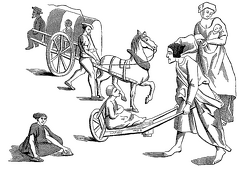 Orphans
Orphans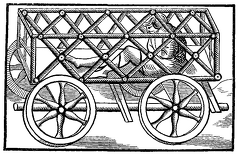 Movable iron cage
Movable iron cage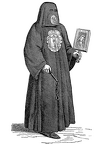 Member of Brotherhood of death
Member of Brotherhood of death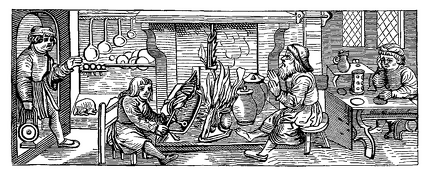 Kitchen
Kitchen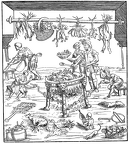 The Issue
The Issue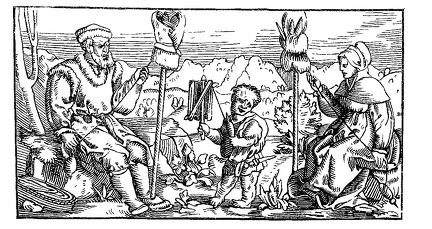 Sedentary Occupations of the Peasants.
Sedentary Occupations of the Peasants. Hunting with the Leopard
Hunting with the Leopard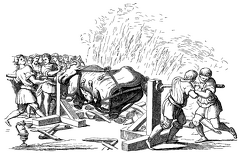 Free Distribution of bread
Free Distribution of bread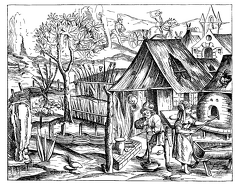 Cultivation of Grain
Cultivation of Grain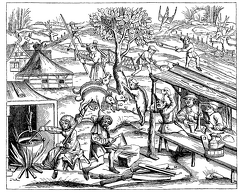 Country Life
Country Life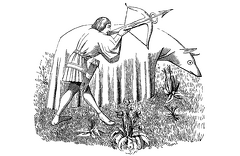 Cloth for beasts
Cloth for beasts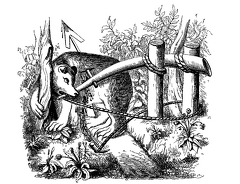 Catching a bear
Catching a bear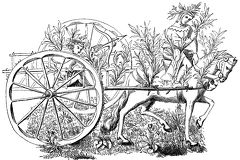 Allure the Beasts
Allure the Beasts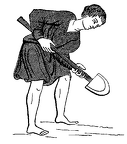 Labouring Colon (Twelfth Century)
Labouring Colon (Twelfth Century)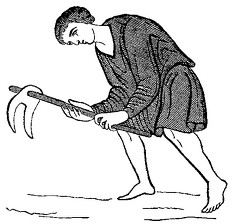 Labouring Colon
Labouring Colon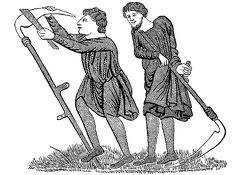 Labouring Colons (Twelfth Century)
Labouring Colons (Twelfth Century)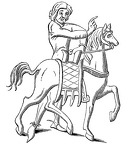 Serf of Tenth Century
Serf of Tenth Century Vassal of Tenth Century
Vassal of Tenth Century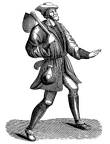 Peasant 15th Century
Peasant 15th Century Costume of Slaves or Serfs, from the Sixth to the Twelfth Centuries
Costume of Slaves or Serfs, from the Sixth to the Twelfth Centuries Costumes of Slaves or Serfs, from the Sixth to the Twelfth Centuries
Costumes of Slaves or Serfs, from the Sixth to the Twelfth Centuries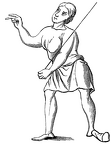 Costumes of Slaves or Serfs
Costumes of Slaves or Serfs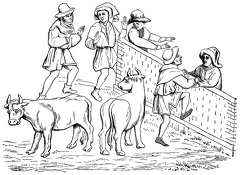 Flemish Peasants
Flemish Peasants Anglo-Saxon dress
Anglo-Saxon dress Miracle
Miracle Tunic
Tunic



